Certainty
Your brain craves certainty. This is why some people choose to stay in painful, unhappy but yet familiar places rather than venture out into the unknown.
Ambiguity threatens certainty and creates instant resistance to change. To reduce ambiguity some people have a propensity to make snap judgments about another person or a situation, leading to instantaneous prejudice.
When going through change, here are several ideas to provide certainty and reduce ambiguity:
- Beacons – a clear and compelling vision guides people to a new place. Beacons represent hope in the future. A key feature of beacons is the repeated flashing. You cannot flash a picture of the future once and hope to retain the memory.
- Anchors – holding things in place may seem counterintuitive during times of change. However, people crave certainty. Anchors as simple as maintaining the monthly birthday celebration can create a touch point that stabilizes employees during times of change. Routines create anchors to maintain stability. Choose the anchor wisely because you don’t want to stay connected to things that hold you back from the change.
- Maps – while you may not be able to give turn by turn instructions, you must provide a map. The map offers a path. It tells what you know now, what to expect next and when you will know more. During times of change you cannot wait to share information until you have all the facts. In the absence of information, people invent it. So provide guidance and share what you know about the path to the future.
When you are going through change or leading others through change remember to create certainty wherever and whenever possible. Using maps, anchors and beacons are just a few ways you can reduce ambiguity and meet the fundamental human need of certainty.

